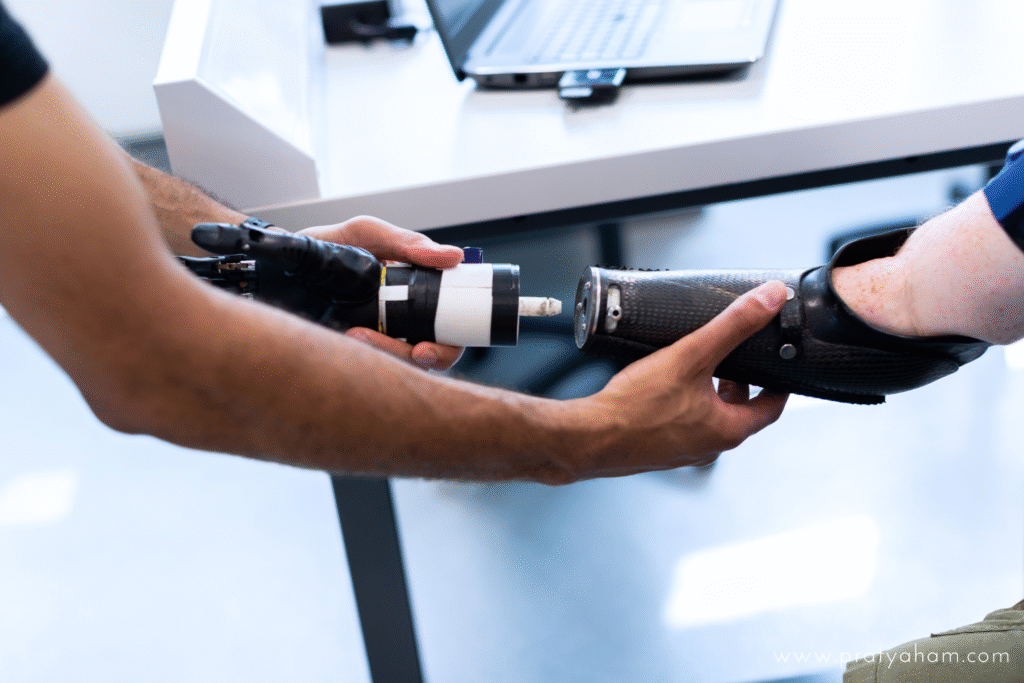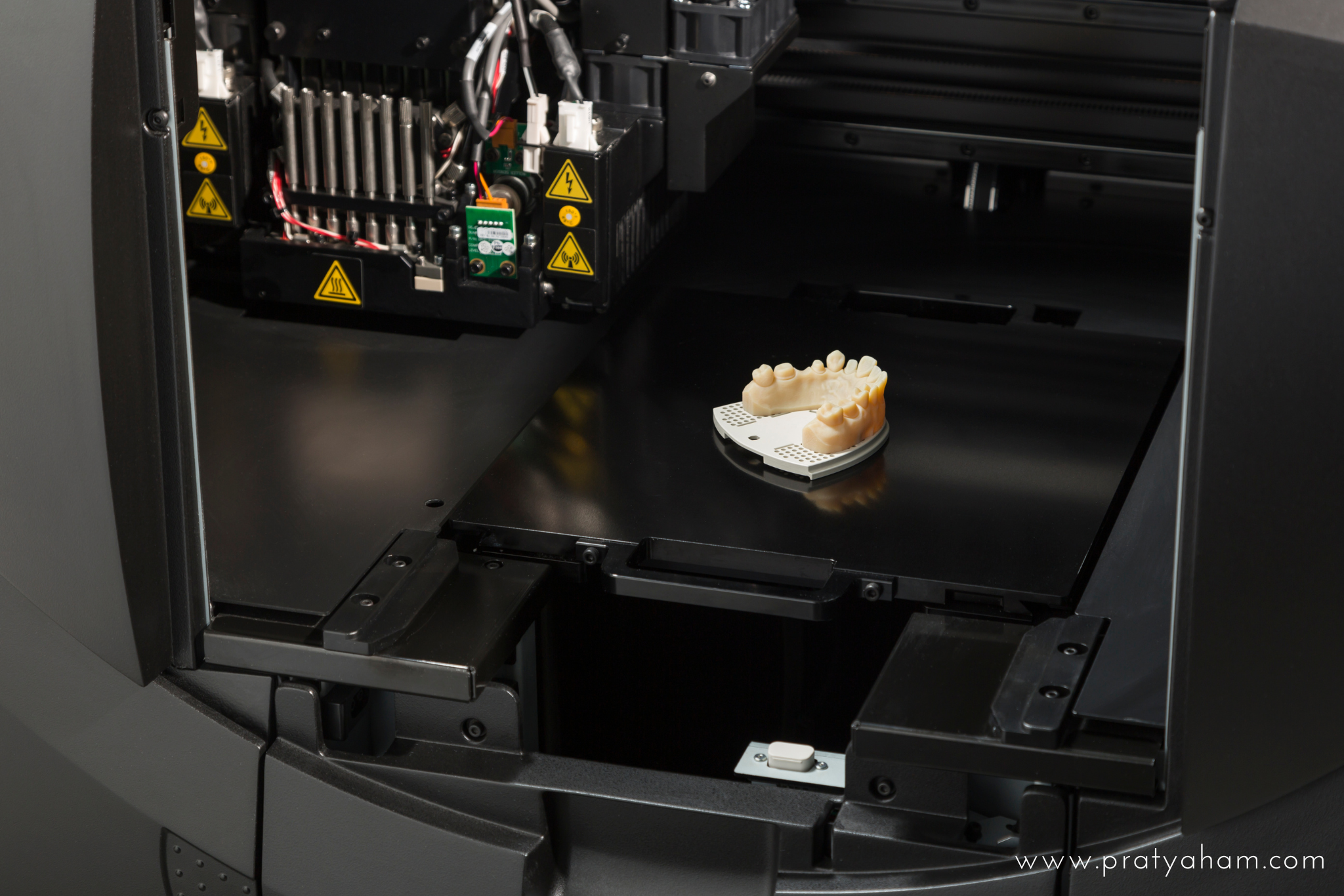What Is 3D Bioprinting?
3D bioprinting is a revolutionary technology that allows doctors and scientists to create custom-made implants and prosthetics. Unlike traditional manufacturing, which often produces generic devices, 3D bioprinting uses a patient’s own scans to design and print solutions that fit perfectly.
How Does the Process Work?
It all begins with a detailed scan—like an MRI or CT scan—of the area needing treatment. This scan is turned into a digital model, which serves as the blueprint for the 3D printer. Using specialized materials, sometimes even including living cells, the printer builds the implant or prosthetic layer by layer. The result is a device that matches the patient’s anatomy exactly.
Benefits for Patients
- Personalization: Each implant or prosthetic is made to fit the individual, leading to better comfort and function.
- Faster Recovery: A precise fit can mean less time in surgery and a quicker healing process.
- Improved Accessibility: Digital designs can be shared and printed anywhere, making advanced care more widely available.
Real-World Applications

Already, 3D bioprinting is being used to create custom dental implants, bone replacements, and even skin grafts. Surgeons can use printed models to plan complex procedures, increasing the likelihood of successful outcomes. In the future, researchers hope to print entire organs for transplantation, although this is still in development.
Challenges and Ongoing Research
While the progress is exciting, challenges remain. For instance, printing complex tissues with blood vessels and nerves is still difficult. Moreover, scientists are continually working to improve the materials and methods used, thereby ensuring safety and effectiveness for patients.
The Road Ahead
3D bioprinting is making healthcare more personal and efficient. Furthermore, as the technology advances, it promises to deliver even more innovative solutions for patients around the world. In addition, the future of custom implants and prosthetics is bright, particularly thanks to this remarkable blend of science and compassion.


Leave a Reply